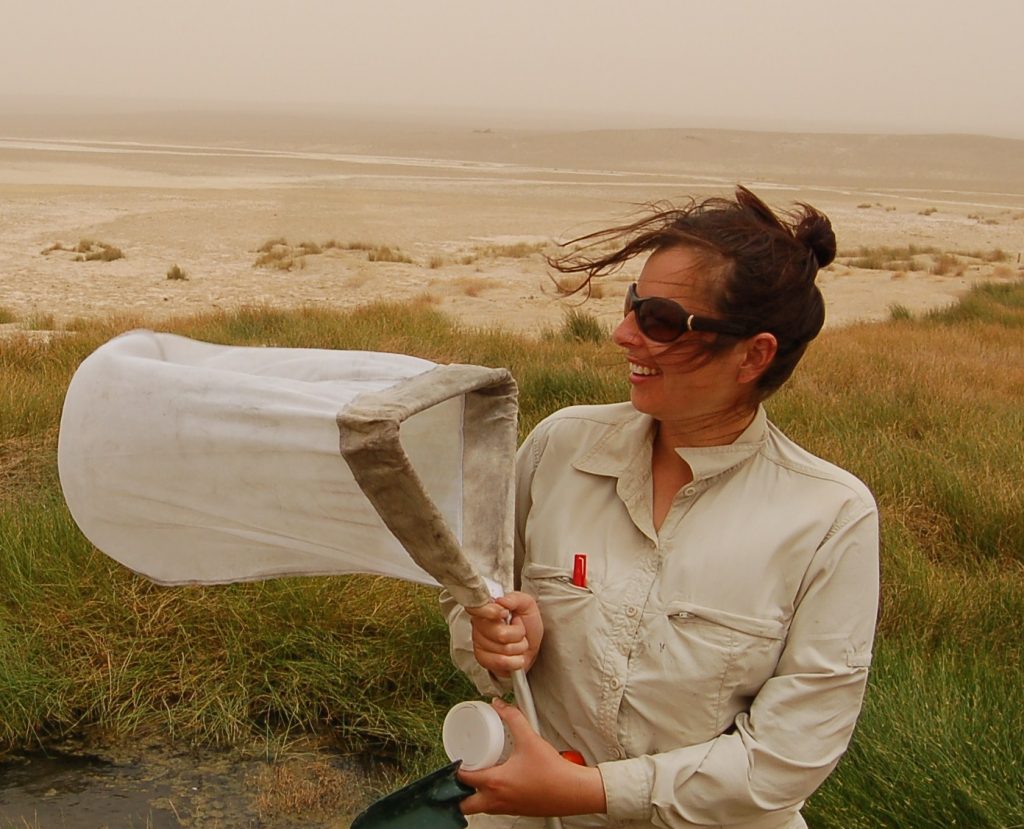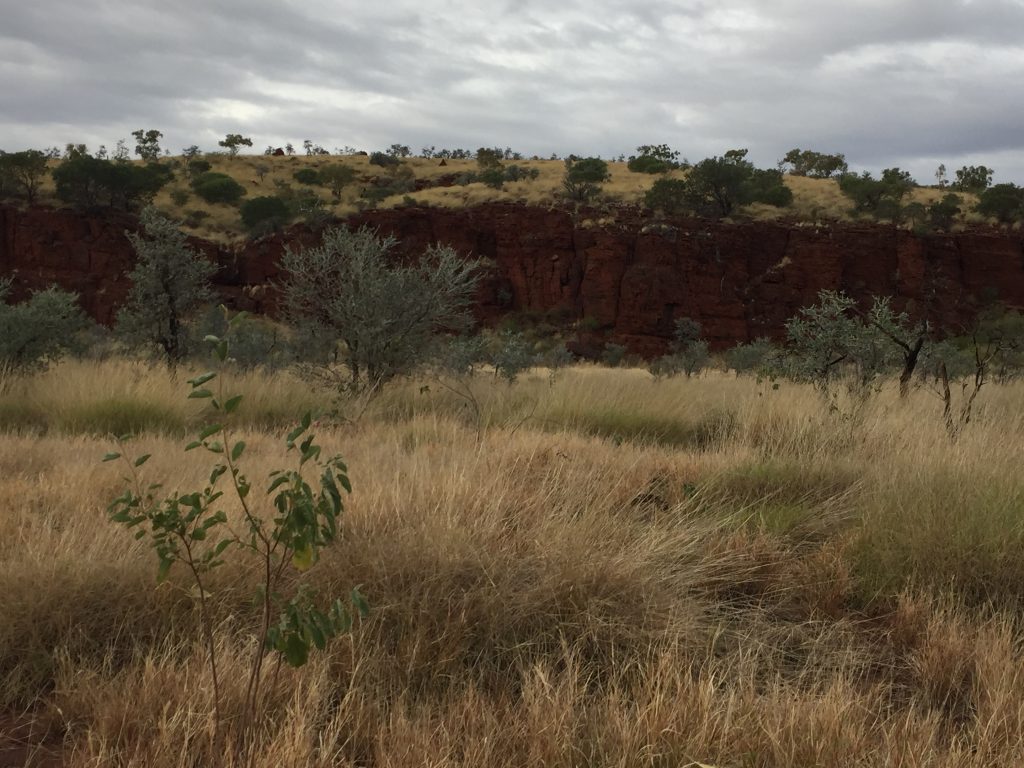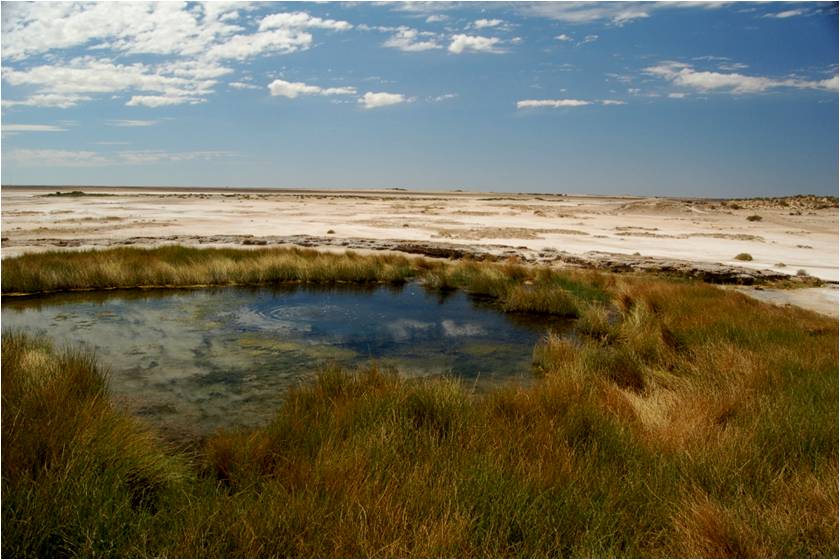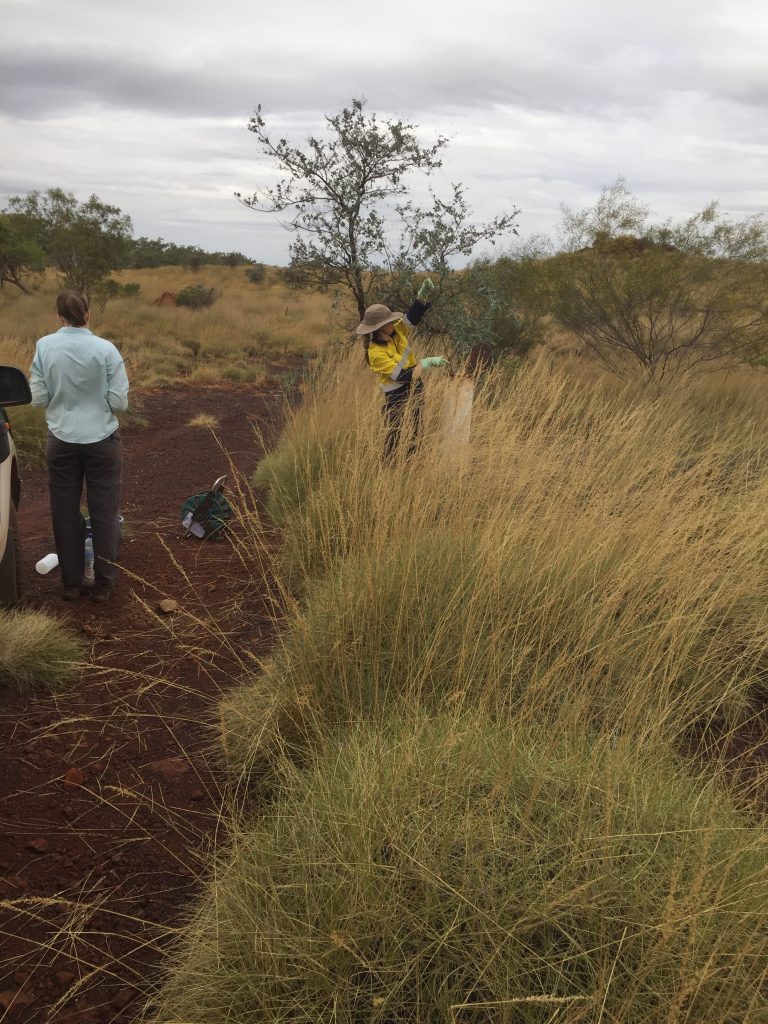GROUNDWATER DEPENDENT ECOSYSTEMS: While groundwater itself is extremely valuable, it is also frequently associated with high value geological features (i.e. minerals). As a result, vital groundwater ecosystems are frequently under pressure due to water extraction and associated mining. Organisms that occupy groundwater dependent habitats are indicators of water quality, ecosystem health and climatic history. Understanding these habitats and their fauna and developing innovative genetic techniques for the purpose of creating new and practical approaches to documentation and conservation of biotic resources are my primary research interests.



AUSTRALIA’S ARID ZONE: includes important hydrogeological features such as aquifers in the goldfields of Western Australia (Yilgarn) and fractured rock formations of the Pilbara in Western Australia and Great Artesian Basin (GAB) mound springs that are suitable for habitation and evolution of highly diverse fauna in groundwater. The vast majority of the species recovered from these systems are undescribed and knowledge of their evolutionary relationships is patchy. One of my research focus areas is to better understand and describe the breadth of this diversity and understand its origins to help us to assess and monitor groundwater health and biodiversity into the future.
BIOMONITORING: Resource companies in Western Australia are mandated to assess groundwater biodiversity under Environmental Protection legislation. Current surveys are time-consuming (expensive) and biased toward common taxa. Major technological advances in genetics and DNA sequencing mean that development of innovative and effective tools for biomonitoring are increasingly possible. My research aims to develop eDNA metabarcoding resources and the associated baseline data to inform Environmental Impact Assessment and monitoring of subterranean ecosystems in Western Australia. Development of a rigorous, credible and practicable eDNA assessment framework has the potential to make biomonitoring cheaper, quicker and more effective. I currently collaborate on a large research project that aims to provide real-world information and cost savings through innovation in understanding patterns in species boundaries and detection of subterranean fauna using eDNA metabarcoding for regulators, stakeholders and industry involved in this project. The outcomes of this research are directly applicable to monitoring subterranean ecosystems across Australia and internationally.


DISCOVERING AND DESCRIBING NEW AUSTRALIAN SPECIES: Naming and describing species is essential to appropriate recognition of biota under conservation legislation. As a researcher focused on molecular phylogenetics and systematics, especially working in biodiversity discovery, I consider species description a priority to understanding ecological systems and their conservation.